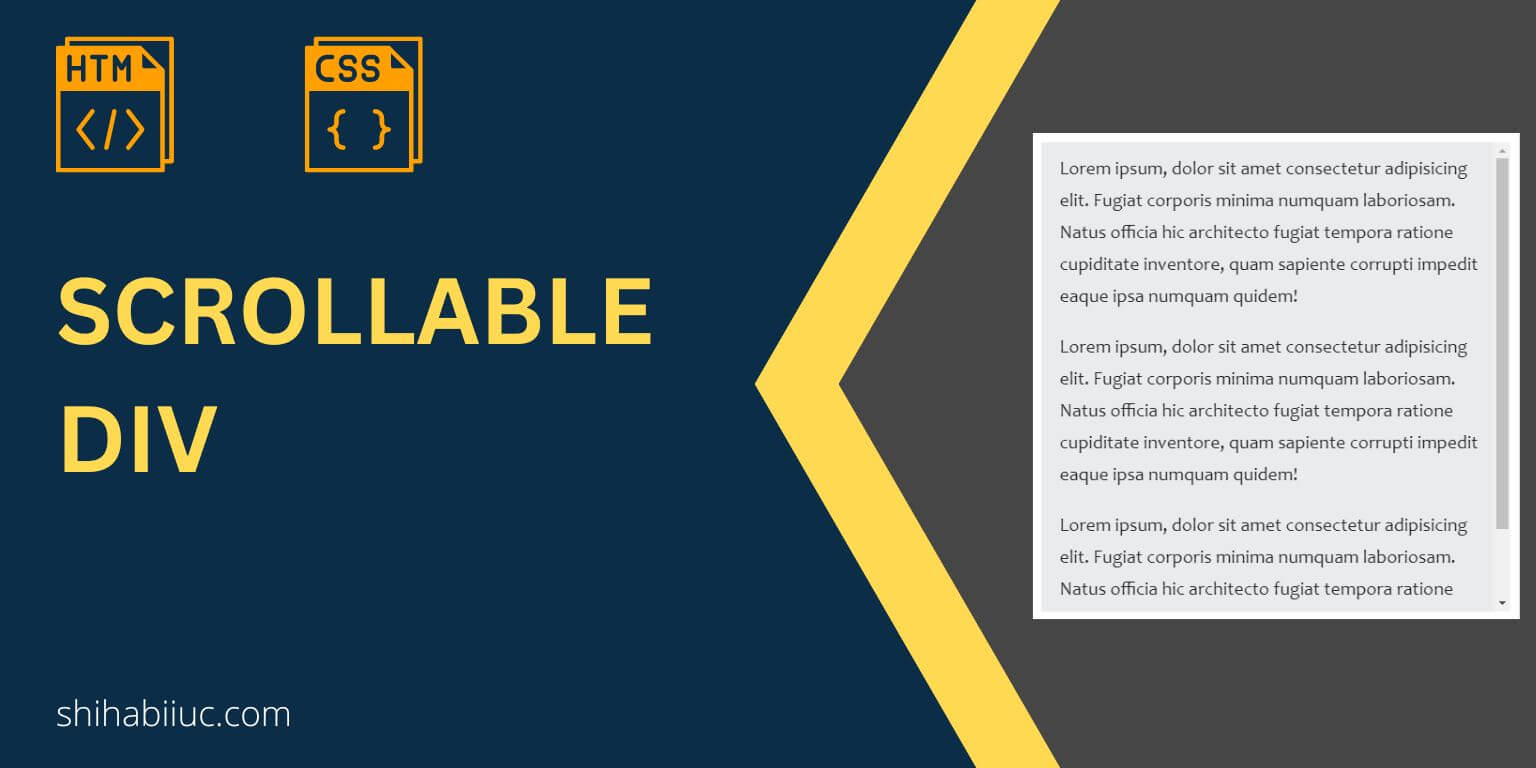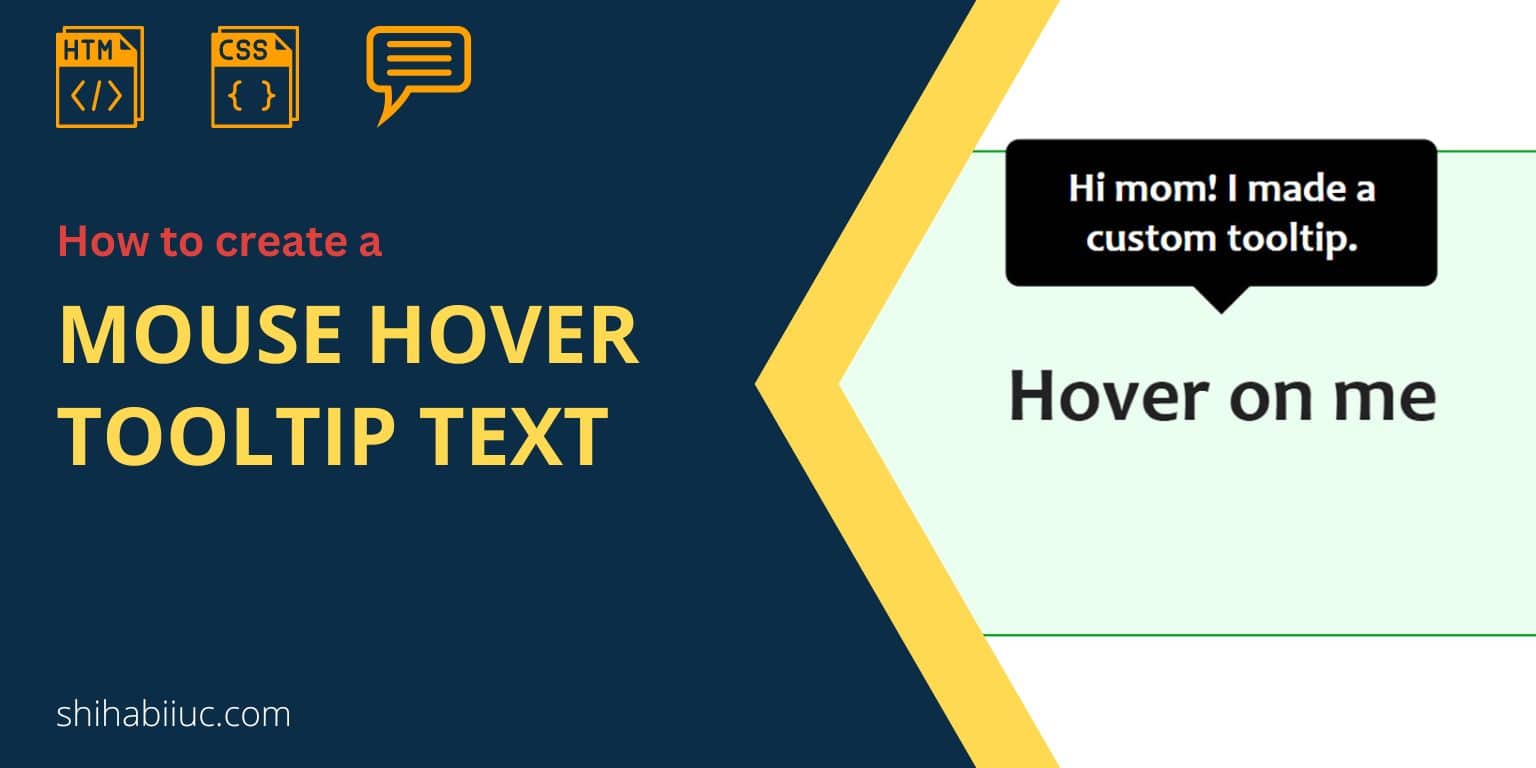Before you start, see the finished product below. Hover your mouse on the image below to see the final product we will build. Video explanation Change image on hover using CSS HTML It’s important to see my HTML markup before we write any CSS. So you will better understand how it’s working. As you see in the above HTML, I have a container div that has a CSS class of “change-img-hover.” I inserted images into two different divs so I can target them easily on my CSS. That means, I wrapped the two images in two divs that have classes […]
Read More →This post will show you how to create a testimonial slider using only HTML, CSS & Javascript. The full source is available to download. So you can upload this slider to your own projects. A few keynotes about this slider: Before we dive in, let’s see the testimonial slider in action. So you’ll know what to expect. Create the testimonial slider step by step 1 / 3 Aspernatur modi quisquam autem illo sapiente reprehenderit. Tpsume dolor sit amet consectetur adipisicing elit. Consectetur voluptates sit consequuntur quasi eum veniam earum enim nam vitae dolore praesentium minima commodi. Voluptates sit consequuntur sit […]
Read More →
To create an HTML navigation bar, you also need a few lines of CSS to make it attractive. However, this post will give you a couple of navigation bars to choose from. Also, I will link to other posts that will show you how to make the navigation bar responsive. These are the examples that I used on many projects and you can use them too. Let’s get started. Create navigation bars using only HTML & CSS Before creating any navigation menu, wrap them in a <nav> tag. This is the best practice and helpful for SEO because the search […]
Read More →To add a border in the HTML table, target the <td> tag in your CSS and assign a border value for it. See the following CSS below. I have the following HTML for the table. With the above one line of CSS, my table looks like the following: Column 1 Column 2 Column 3 Column 4 Apple Bicycle Carrot Dog Elephant Fire Giraffe House Ice Jelly Kite Lemon In the above table, you see that there is a little gap between cells. This gap is coming from the web browser. To get around this default gap, specify the border-spacing for […]
Read More →Sometimes HTML tables may get borders automatically from your web browsers or other parts of your website. So, the “border: none” value may not work always. In this post, I will show you a couple of solutions to remove borders. Different ways to remove borders in tables I have a demo table below but I did not write any CSS for it. Column 1 Column 2 Column 3 Column 4 Apple Bicycle Carrot Dog Elephant Fire Giraffe House Ice Jelly Kite Lemon Moon Night Orange Pineapple And I have the following HTML for the above table: I didn’t even write […]
Read More →To create multiple-color text, you need to write CSS for the different parts of the text. In this post, I will show you how to use multi-color in a sentence & word. This is the technique I used on many websites that helped me to make attention-grabbing content. Let’s see how you can do that. How to create multicolor text in HTML CSS? You can use two main different ways to implement multiple colors in a single sentence or word. One is a gradient color and the other one is a simple color property. Together we will explore all the […]
Read More →
You can make a <div> scrollable using the CSS overflow property. The overflow can be used in two directions such as X & Y (horizontal & vertical). In this post, I will show you how to make a scrollable <div> vertically & horizontally, and both. How to make to div vertically scrollable? To make a <div> vertically scrollable, use the overflow-y CSS property and specify its value to scroll. First, see the example below and then I will give you the HTML & CSS for it. Example: vertical scrolling div Lorem ipsum, dolor sit amet consectetur adipisicing elit. Fugiat corporis […]
Read More →
Using the “title” attribute, you can show a mouse hover text in your HTML document. Sometimes it’s known as a tooltip, mouseover & help text. Once you hover your mouse over a certain text or link or button, a piece of additional information pops up. And it disappears after you leave your mouse. This is something that I will show you in this post. However, the title attribute has a default style. But you can add a custom style to the tooltip using HTML data-attribute and some additional CSS. See an example of a custom tooltip below: Hover on me […]
Read More →I will give you an “About Us” page template to download in this post. It was built with only HTML & CSS. But it looks very professional & mobile-responsive. I will also show you how I built this About Us template from scratch. So you can learn basic HTML & CSS. If you’re already familiar with or an expert, you can go to the bottom of this post to find the download option. Before we move forward, let’s the finished product (about page) in the link below. Let’s get started. A few facts about this template When I created the […]
Read More →If you’re running a static website, this post can help you to build a testimonial page using only HTML & CSS. Also, if you were looking for a testimonial template to convert into a CMS like WordPress, or Joomla, it can also help you. My main goal is to teach you how to create a professional testimonial page on a static website & how to write the HTML & CSS. End of this post, I will give you the template so you can download it. And you can also customize the template to upload it on your own projects. How […]
Read More →